When in winter, do as the Limestone Coast locals do
The Limestone Coast has a special kind of magic in the winter months. Down in this undiscovered part of SA, the locals are waiting to share rarity reds from their cellars, a unique landscape that blooms under grey skies, fireside chats in cosy cabins and pubs, and an emerging progressive food movement with intrepid travellers who make the picturesque journey from Adelaide.
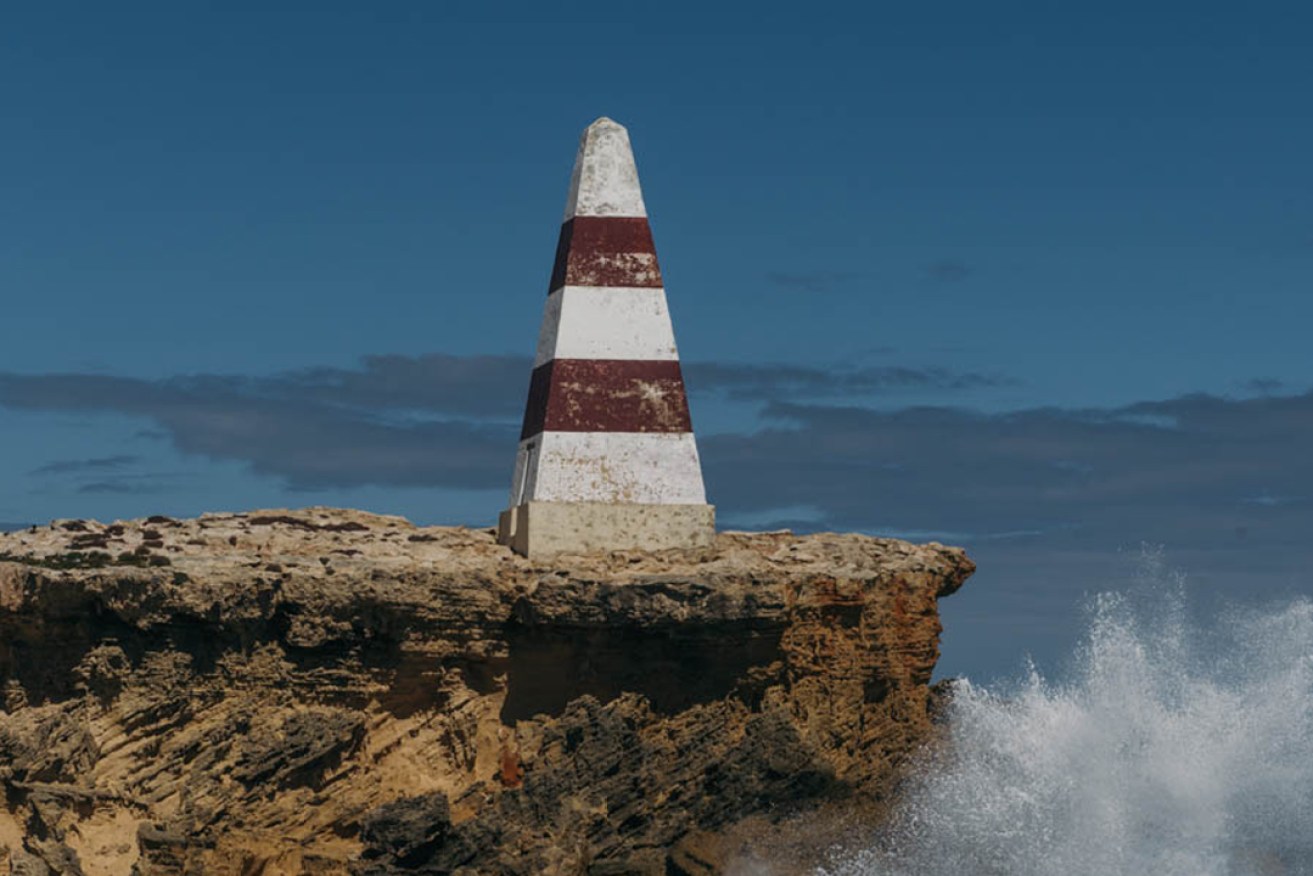
As the cool weather rolls across the Limestone Coast – bringing mist-filled mornings and stormy seas to Robe, Mount Gambier, Penola, the Coonawarra, and all the little towns in between – the locals don’t begin to hibernate. Instead, they celebrate.
“We get a lot of days like this,” says Sarah Brokensha, gesturing to the clear sky that hangs over her family farm at Eight Mile Creek, near Mount Gambier.
“They’re those kind of still, cool, beautifully-lit days – with fires and red wine and a scarf and a beanie, you’re all good.”
Despite the magic of colder months down here, the Limestone Coast remains largely undiscovered by Adelaide travellers looking for a cosy winter hideaway. Although Sarah grew up here, she admits that she, too, is only now beginning to fully realise how special her home is.
After school, a career as an actor took Sarah away – first to Adelaide, and then to Melbourne, but about nine years ago she and her husband Liam returned here to start a family. Now, between Sarah’ acting gigs, they farm pastured free-range hens on Sarah’s family property under the name The Splendid Egg.
Natural wonders that bloom under grey skies
One of Sarah’s most startling revelations upon coming home was recognising the natural beauty of her surrounds.
“A really nice place to go walking – it’s kind of right in the middle of Mount Gambier, it’s called the Leg of Mutton,” says Sarah. “You basically walk down into a valley right next to the Blue Lake and it’s just this magical forest in the middle of town – it’s very beautiful.”
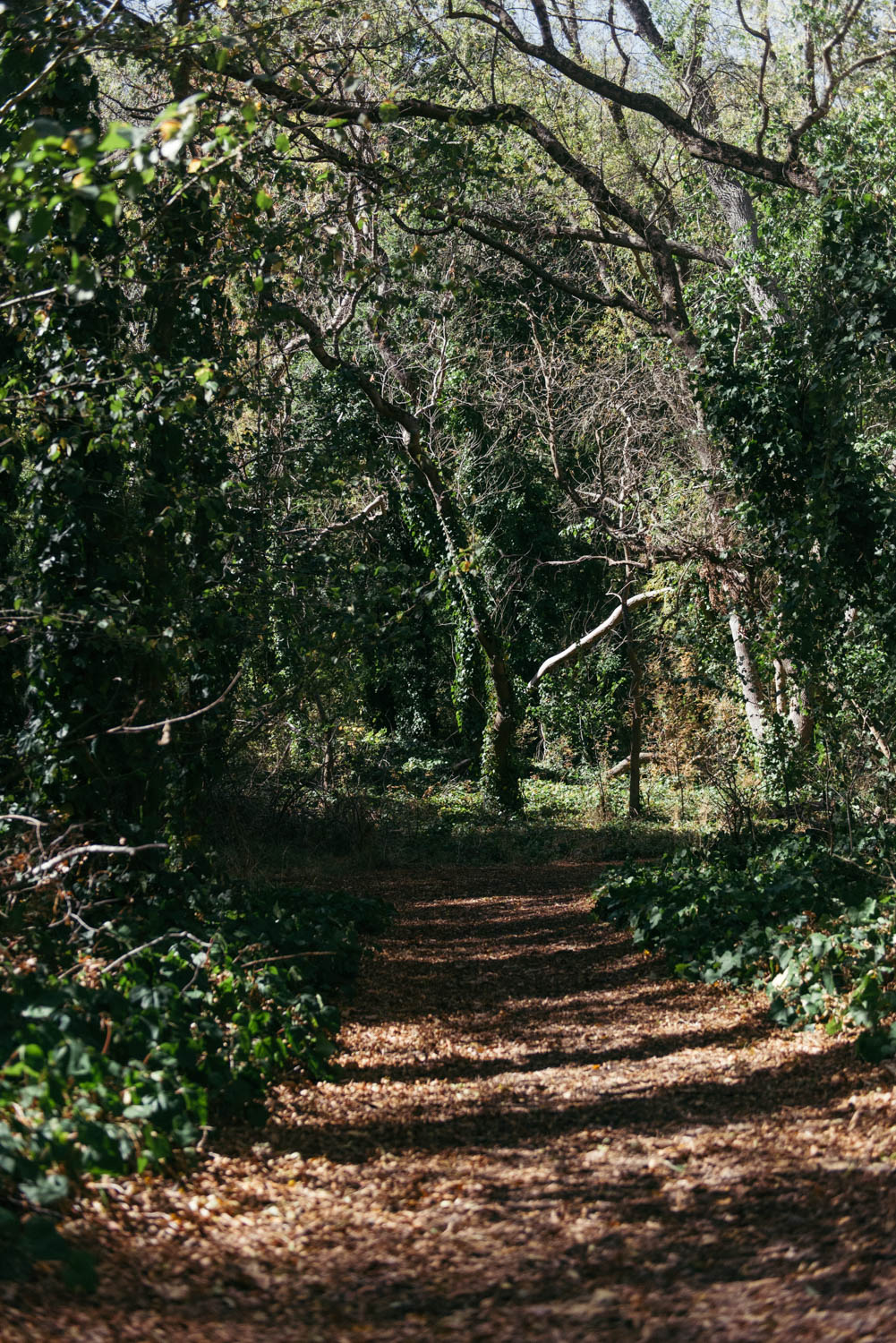
Leg of Mutton. Photo: Tyrone Ormsby
A curiously-shaped crater, the Leg of Mutton is often-overshadowed by its more famous cousin the Blue Lake. But, as the Leg of Mutton doesn’t hold water it offers visiting adventurous Adelaideans the chance to descend all the way to the bottom of this ancient volcanic piece of landscape, where they can lose themselves in the greenery found within. The uphill hike back out is also the perfect way to warm up on a cool day.
While it may be one of Sarah’s favourites, this is only one of many wonders formed by the uncommon geology found in this region.
Local winemaker Kyatt Dixon moved to the Limestone Coast from the Adelaide Hills two years ago to start his label Limus Wine. His grapes grow in soils enriched by ash from the eruptions about 5,000 years ago of Mount Schank and Mount Gambier – the most recent volcanic activity in mainland Australia.
Year-round, one of his favourite things to do is hike Mount Schank, which he says has “amazing views”.
Even in winter, Kyatt also encourages everyone who visits him to don a wetsuit and slip into the waters around the Limestone Coast. Along with surfing, Kyatt is a fan of “diving for dinner” and often hauls in abalone or crayfish to feed visiting travellers. He considers the sinkholes found in the region, though, something else altogether, hailing them as almost other-worldly.
“When I’ve dived in the sinkholes or been snorkelling in them, the clarity of the water just makes you feel like you’re floating in air,” says Kyatt.
Kilsby Sinkhole – located on a private sheep farm about 10 minutes’ drive from Mount Gambier – is world-renowned for its beauty and, because of its unusually large opening at ground level, can be snorkelled by regular people instead of just those with cave diving experience. Since 2018, clad in wetsuits, boots, gloves, facemasks, and using snorkels, masks, and fins, the general public have been discovering that snorkelling this mystical underwater universe is a once-in-a-lifetime adventure that comes into its own in winter.
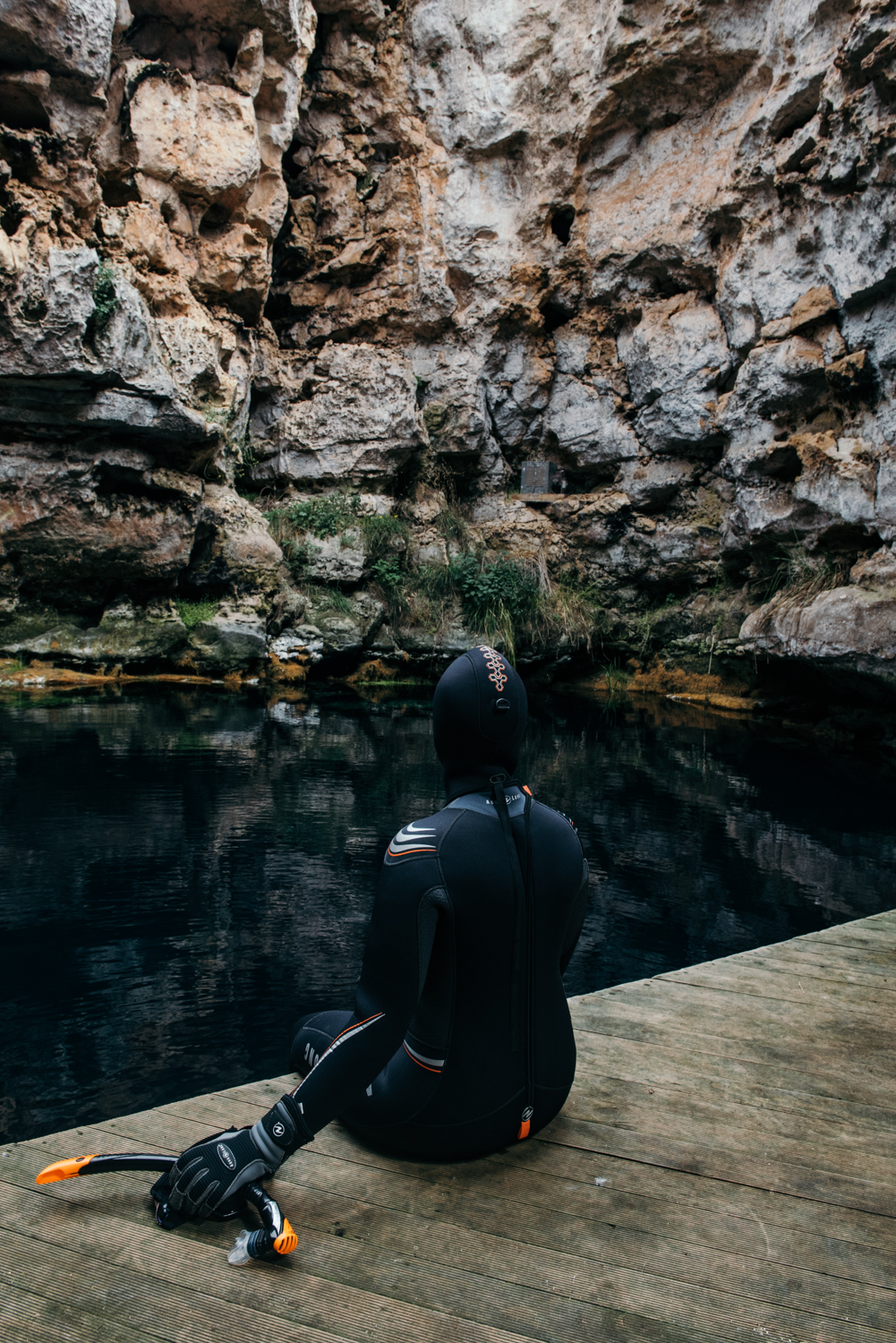
Kilsby Sinkhole. Photo: Tyrone Ormsby
“The water is 16-degrees all year round. It’s a great spot when the weather is bad,” says Kilsby Sinkhole site manager Jen Will. “I love the feeling of being under water, it’s really meditative.”
Next-wave warming food and drink
Natural wonders – however unique and beautiful – are not alone enough to sustain a traveller through the cold months. Fortunately the Limestone Coast has plenty of cutting-edge food and drink secrets that are equally ready to be discovered.
“I start my day with coffee at Bay Blue Espresso Bar… it’s a little coffee shop straight out of Melbourne,” says Sarah.
In a chic, minimal interior, the Bay Blue team are leading the Limestone Coast’s coffee revolution by dishing up perfectly extracted coffee from White Whale Coffee Roasters alongside house-made cakes, biscuits, and lunches.
Sarah is quick to back-up her coffee recommendation with a winter lunch and dinner insider tip. The hottest new place to eat in the region, she says, is the Royal Oak Hotel in Penola. There, her friend, head chef, and new co-owner Kirby Shearing is serving up well-executed pub classics and bringing practices like foraging and the use of organic produce to the fore.
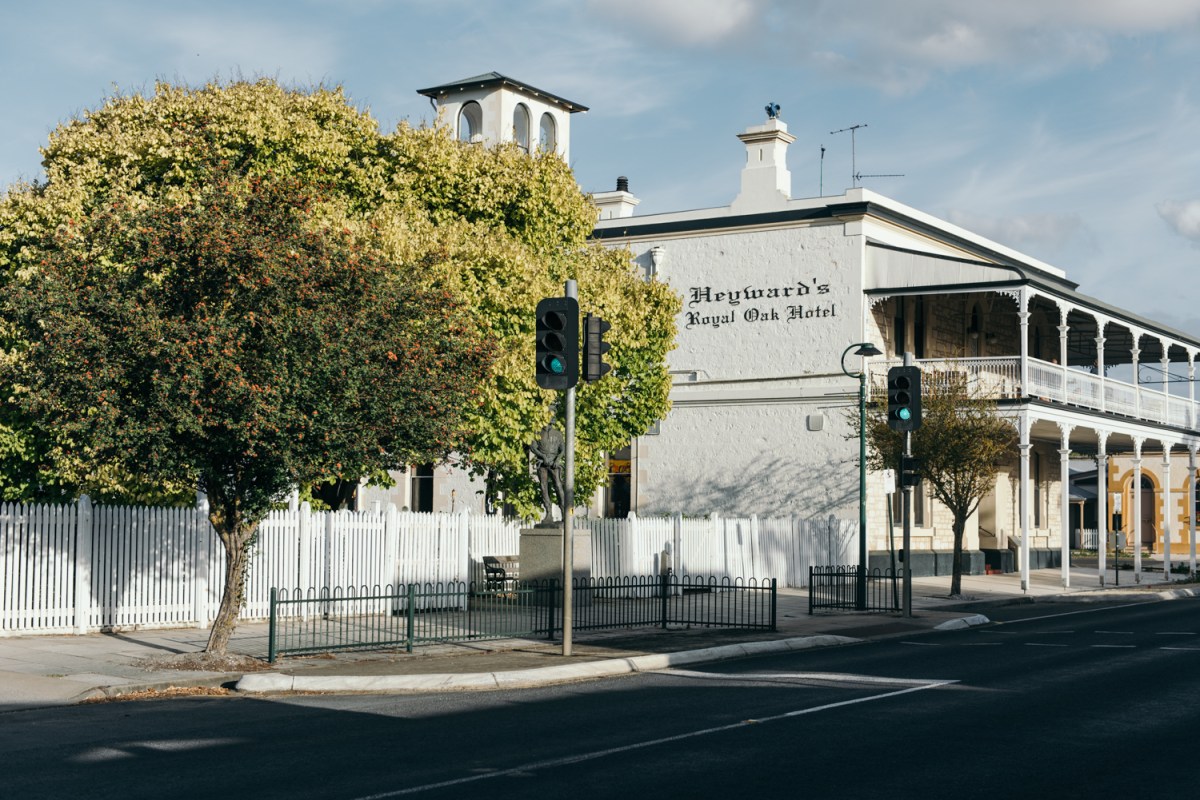
Royal Oak Hotel. Photo: Tyrone Ormsby
Replete with roaring open fires, local craft beer (try The Side Project Pale Ale), a bottle shop stocking Sinkhole Gin (made using local botanicals and water from the aquifer that feeds the Kilsby Sinkhole), and possibly the best kangaroo dish ever made (featuring wild-caught roo and saltbush foraged from Canunda National Park) – the Royal Oak may well be the perfect winter pub.
There’s few things that match better with the world’s best winter pub, beautiful natural wonders, and exemplary coffee than that other winter essential – wine.
Kyatt, of course, has plenty to say on the subject. His decision to start his winery on the Limestone Coast was inspired by another local winemaker – Andrew Burchell (or Burchy, as he’s more often known), who makes wines under the moniker Good Intentions Wine Co.
Burchy and Kyatt are practically neighbours and they are at the forefront of winemaking ingenuity in the region. While the Limestone Coast is historically known for the Coonawarra and its big, bold reds, an emerging handful of winemakers, who are – like these two – based in Mount Gambier, are forging a very different path toward a possible global-first goal.
“I believe Mount Gambier has the ability to be the only 100 per cent organic-certified region in the world,” says Burchy. “For me, a wine is empty if it doesn’t have any reason or purpose.”
The purpose of wines like Burchy’s and Kyatt’s is to both express the flavour of and care for the environment that produces them. And in treading lightly on the earth, they tend to produce wines that are lighter and – many would say – weirder than their Coonawarra cousins. The perfect places to try wines from these early pioneers is at The Barn restaurant or Macs Hotel.
Other notable players in the Limestone Coast’s new wave food movement include the Coonawarra’s Drink Ottelia + Eat Fodder, where Matilda Innes and Paul Stone have swapped working in high-end Melbourne restaurants such as Supernormal for working in the winery and restaurant originally established by Matilda’s parents. Winter visitors are well advised to ask for a glass of Otellia’s pinot noir alongside a serve of the absolutely un-missable ricotta gnocchi. Also leading the charge is Robe’s Drift café, with its delightful refurbished 1960s architecture, fireplace, lap rugs for winter days on the patio, and menu of breakfast classics refined with ethical produce and fresh seafood influences.
No summary of the still-underground Limestone Coast hospitality scene would be complete without Robe Town Brewery, which is located just down the road from Drift. In the brewery, co-owner and brewmaster Maris Biezaitis creates a highly inviting winter scene with his very traditional brewing techniques that are rarely used, even by other craft brewers around the globe.
“This is the only wood-fired brewery in Australia, and one of about – we believe – maybe four or five in the world,” says assistant brewer Brenton Lynch-Rhodes.
The wood-fired process makes delicious beer of all kinds, but has a particularly positive influence on darker, winter-friendly beers like stout because it encourages sugars to caramelise, creating a perfect balance between the sweet and bitter flavours.
Contemporary classics
Still, even with its world-first wine regions and rarefied brewing techniques, the Limestone Coast is not all about experimentation. There are plenty in the region who know that the classics never go out of style, and who have been perfecting their unique take on those classics over decades.
Since 1998, Mayura Station – located just outside of Millicent – has been an Australian leader in the production of sought-after Wagyu beef cattle. Mayura is a world-leader in wagyu, but until about six years ago it was very hard to get a taste of this home-grown delicacy without travelling to Melbourne, Sydney, Hong Kong, China, or Singapore, where much of the meat is exported.
The introduction of The Tasting Room – a restaurant located onsite at the station – has changed all that.
“There’s not anywhere similar to this in Australia, where farm to table is so direct,” says Tasting Room head chef and manager Mark Wright.
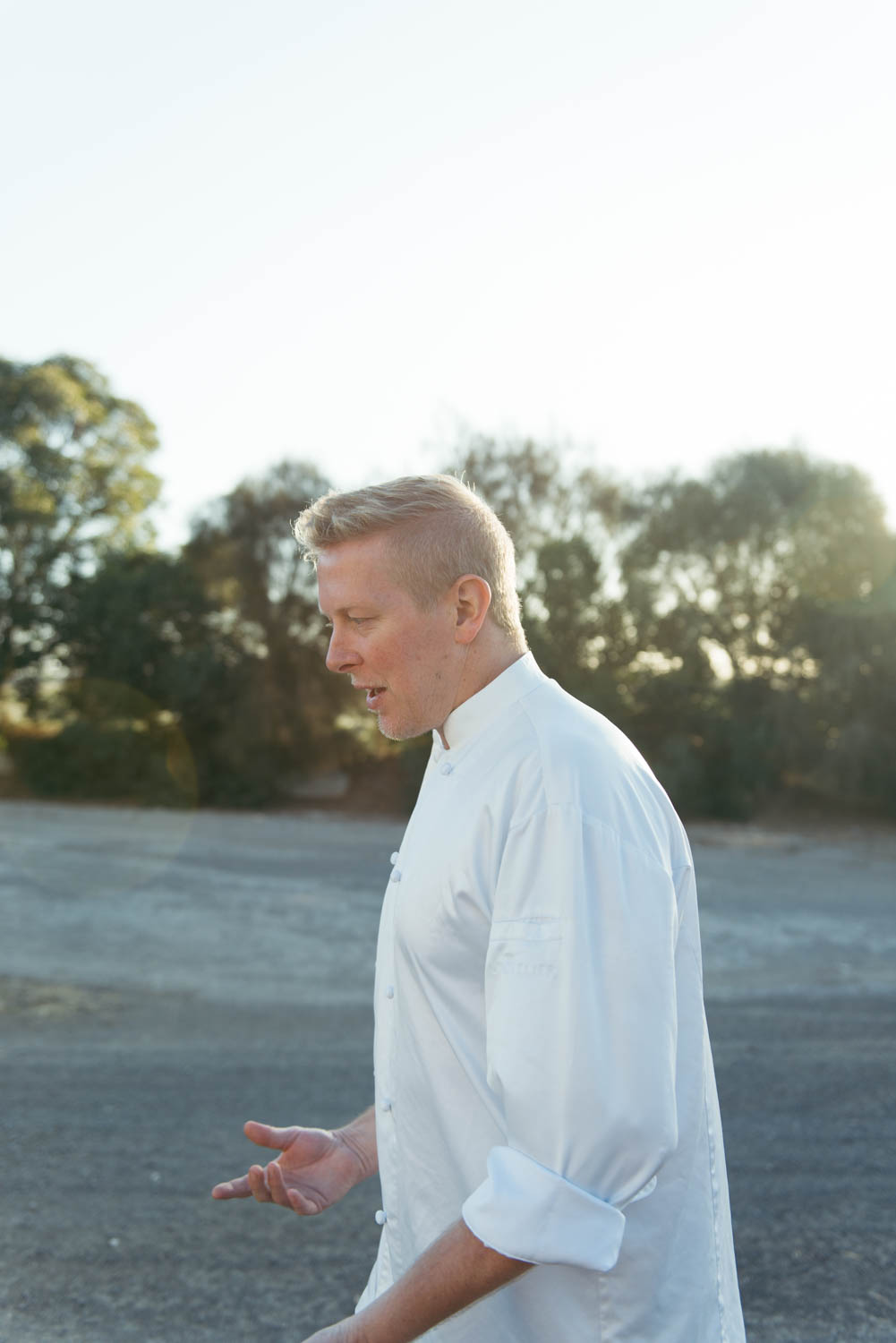
Tasting Room at Mayura Station head chef and manager Mark Wright. Photo: Tyrone Ormsby
Each service night, Mark speaks directly with diners at the restaurant – offering a friendly serve of education all while serving up a degustation menu of Mayura wagyu that is so tender and tasty it must be tried to be believed.
Mayura’s wagyu production might be well-established at the ripe old age of 21, but it is still in its infancy when compared to Brand’s Laira winery. Boasting the oldest vines in the Coonawarra region, which – after 127 years in the ground – are still producing, Brand’s is a symbol of the area’s past and future.
The vineyard is just one indicator of the deep history to be found here. Another is Eric’s Cellar. Built in the 1800s, but still in beautiful condition, its thatched roof stands strong and ready to give curious South Australian travellers one of the cosiest dining experiences possible this winter, as they sample the many multi-award winning wines on offer.
Cellar door worker Mel Northam says that winter is a time when travellers have a rare opportunity to actually taste the region’s heritage.
“July is awesome to come down because all through the month of July we have Coonawarra Cellar Dwellers – that is when we release all of our back vintages, so you never know what you’re going to find when you come in July,” she says.
Sipping vintage reds that are only accessible once a year builds up an appetite. The best way to stay in keeping with the classic vibe is to eat at fine-dining restaurant Pipers of Penola where partners in life and business Erika and Simon Bowen bring modern flourishes to timeless dishes in a prettily re-purposed church.
Stay in style
The final key ingredient to a winter holiday is a perfect place to snuggle up and listen to the wind whistle outside and the rain beat down. So hospitable are Limestone Coast locals that such places are abundant, even though this part of the world is still a secret winter destination.
The supreme accompaniment to dinner at Piper’s of Penola is a night at Bellwether Wines just a ten-minute drive down the road. Bellwether incorporates glamping accommodation, a working winery, and a beautifully renovated shearing shed that often plays host to long table dinners or live music and is the brainchild of winemaker Sue Bell.
“I love music, I love food, I think it makes sense to have wine with food,” says Sue. “I’m basically doing all the things I love.”
While it has been ten years in the making, Bellwether only officially launched last year, and Sue’s unusual attention to detail is evident in the luxurious accommodation she offers. From communal fires where guests can toast marshmallows or cook the pre-prepared camp oven meals Sue supplies, to meticulously-outfitted glamping tents filled with locally-sourced wool blankets, she has created a winter holiday destination that is amongst the best in the state.
But, by no means does Sue have the monopoly on attention to detail in the Limestone Coast. Down in Mount Gambier, Colhurst House is a testament to the perfectionism of its host – Patty Forster. The 1800s mansion offers four guestrooms, each of which balances the over-the-top elegance of the historic building with the minimal and clean aesthetic of modern travel. The only thing more warming on a winter’s morning than the enormous bathtub in each room is Patty’s traditional full-cooked breakfast.
For those looking for something extra romantic, the options for self-contained accommodation are equally numerous and exceptional. Trader Jacks and Mrs Banks in Robe – with their open plan spaces, crackling wood fires, heritage buildings, on-point interior styling, and, in the case of Trader Jacks, an old-world bathtub in the middle of the room – should be considered forerunners.
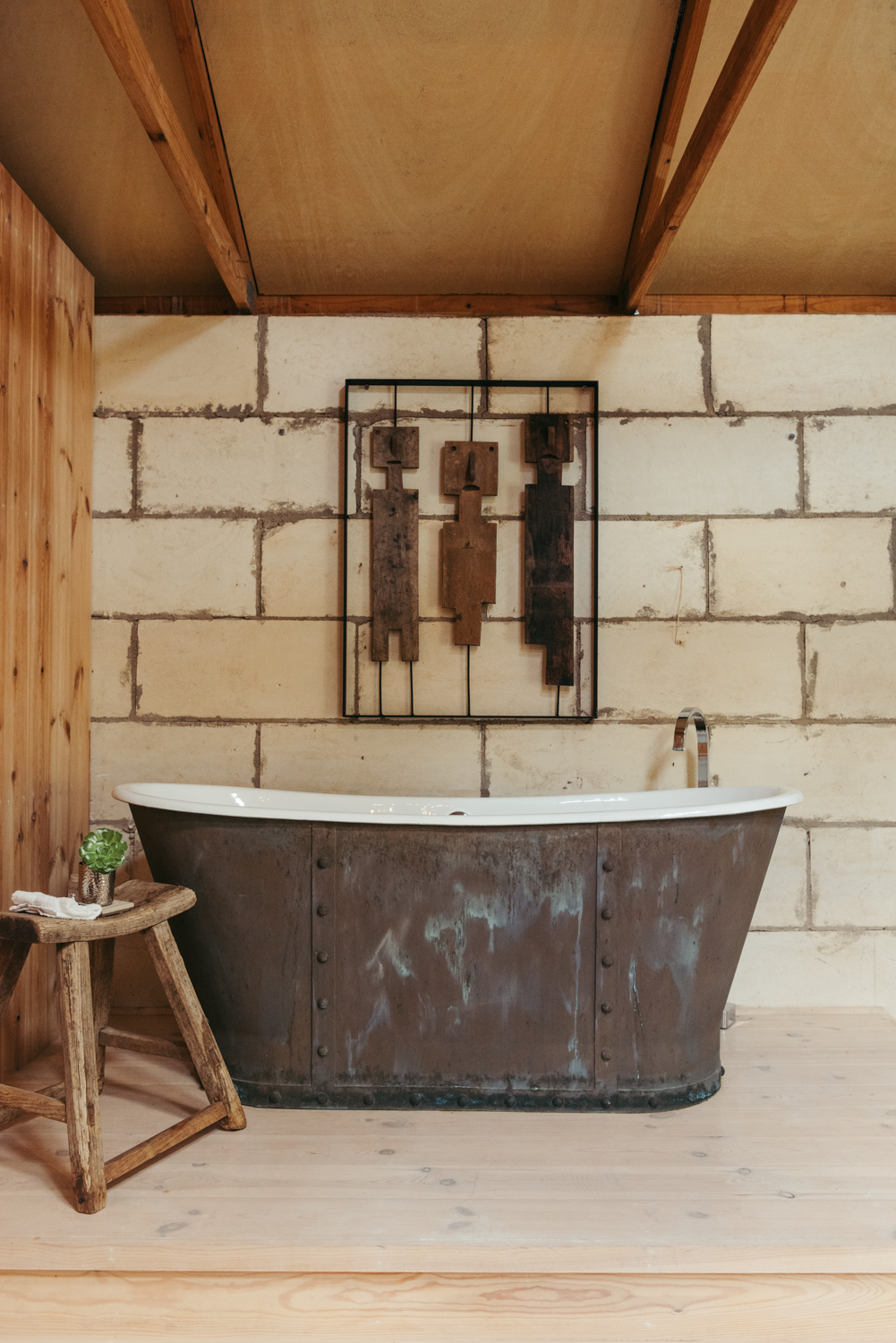
Trader Jacks. Photo: Tyrone Ormsby
Entering these places, like coming to the Limestone Coast itself, is akin to unearthing an unknown, superior version of winter. A version where the cold makes the experience of a good glass of wine, a delicious plate of food, a romantic night by the fire or under the stars, and even a dip into the water of a natural curiosity like a sinkhole, all the more magical.
Solstice Media has partnered with the South Australian Tourism Commission to tell South Australian’s the reason why they need to take their next holiday in their own state.
For our recommended 3 day itinerary, click here.




